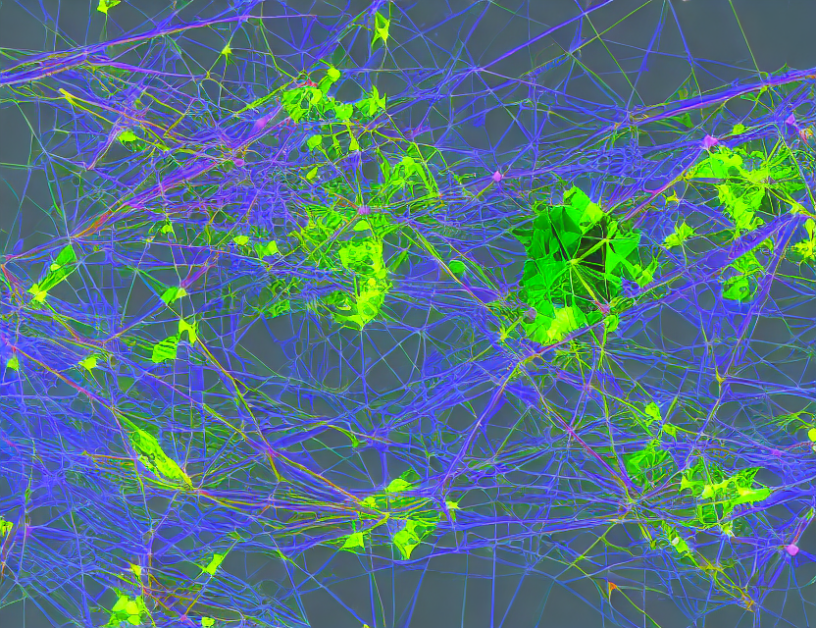Deep learning has revolutionized machine learning, but it doesn’t handle uncertainty well. Uncertainty is essential in many applications like healthcare and safety-critical systems. Deep evidential regression addresses this issue by quantifying epistemic uncertainty using Bayesian neural networks.
Eprior Work
Previous research introduced scoring rules and loss functions to quantify epistemic uncertainty. However, these methods are limited by their reliance on vague probabilities or indirect estimates of uncertainty.
Motivation
The authors aimed to develop a framework that directly estimating epistemic uncertainty using Bayesian neural networks. They introduced deep evidential regression, which combines the representational power of deep learning with the probabilistic reasoning of evidential regression.
Deep Evidential Regression
Deep evidential regression models are built by combining the predictions of multiple deep neural networks with different levels of complexity and generalization capabilities. Each network represents a different perspective or belief about the input data, which is combined using Bayesian inference to produce a final prediction with an associated uncertainty estimate. This approach allows for the capture of complex relationships between inputs and outputs while quantifying epistemic uncertainty in a principled manner.
Loss Functions
The authors proposed three loss functions to handle different types of uncertainty: aleatoric, epistemic, and hybrid. Aleatoric uncertainty represents the inherent noise in the data, while epistemic uncertainty captures the uncertainty due to model or data limitations. Hybrid uncertainty combines both sources of uncertainty.
Numerical Results
The authors evaluated their method on several regression tasks using real-world datasets. Their results showed that deep evidential regression outperformed traditional neural networks in terms of accuracy and uncertainty quantification, especially when dealing with complex or noisy data.
Conclusion
Deep evidential regression offers a principled approach to quantifying epistemic uncertainty in machine learning models, enabling more accurate predictions and better decision-making in safety-critical applications. By combining the strengths of deep learning and evidential regression, this method has the potential to revolutionize the field of machine learning.



